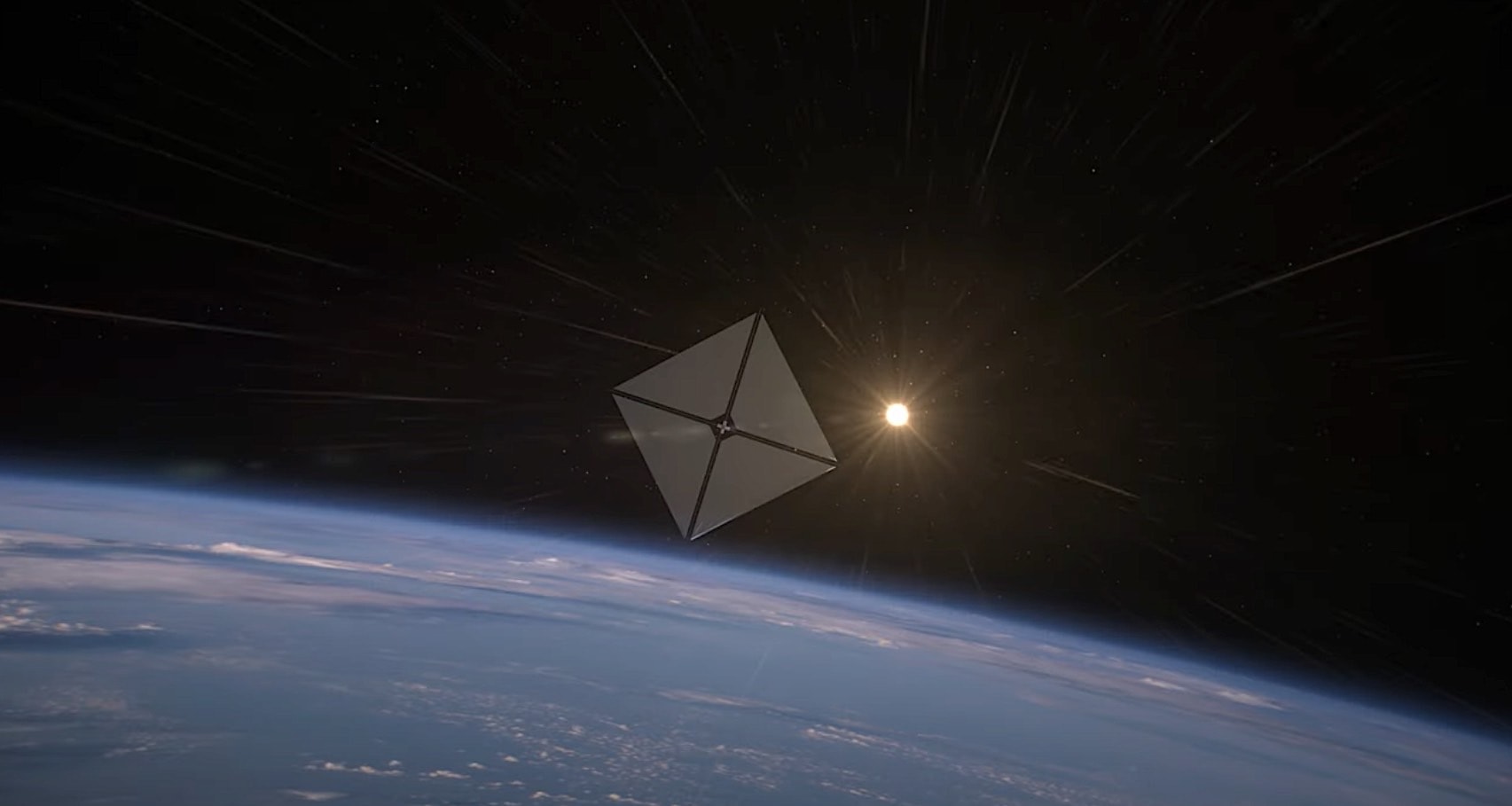Depending on their intended mission, spacecraft can utilize various propulsion technologies. While propellant and rocket engines currently dominate, a new propulsion method ideal for small, unmanned spacecraft in solar system exploration missions is gaining traction: solar sails.
Solar sails, drawing inspiration from traditional sailboats, utilize sunlight to generate thrust. Essentially, sunlight consists of photon particles capable of exerting pressure on a spacecraft’s surface, propelling it forward akin to wind on Earth-bound boats.
Though several solar sails have been developed over the years, none have matured enough to power a spacecraft not specifically designed for sail testing. However, ongoing research suggests it’s only a matter of time before these changes.

NASA recently announced a breakthrough in solar sail technology, preparing to launch a revolutionary new solar sail that could transform space exploration. The Advanced Composite Solar Sail System (ACS3), developed by NASA, addresses a key challenge in solar sail design: boom deployment.
Scheduled for launch aboard a Rocket Lab Electron rocket from New Zealand, the ACS3 mission aims to test the new booms and sail deployment in a Sun-synchronous orbit 600 miles (1,000 km) above Earth’s surface. Upon reaching orbit, the ACS3 will extend its sails, creating an ultra-thin reflective polymer surface roughly 860 square feet (80 square meters) in size.
The success of this mission could revolutionize solar sail exploration, paving the way for larger sail deployments of up to 5,400 square feet (500 square meters) or even 21,500 square feet (2,000 square meters). Solar sails offer distinct advantages over conventional propulsion systems, potentially reducing mission costs and extending mission durations.
Furthermore, the composite booms developed for solar sails could find applications beyond spacecraft, including lunar and Martian habitats. Stay tuned for updates on the ACS3 mission and its groundbreaking advancements in solar sail technology.

